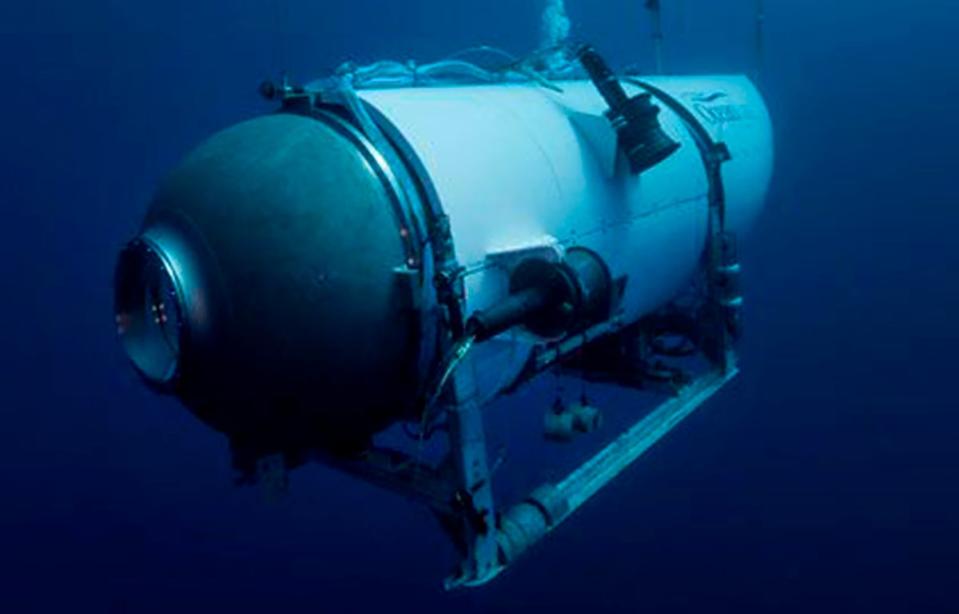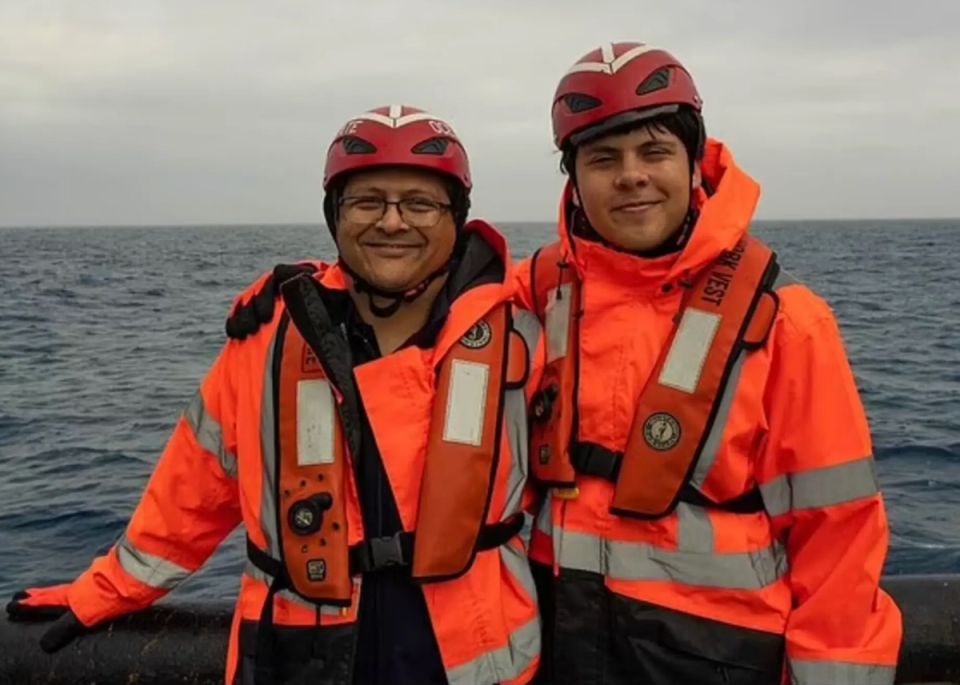The family of a French explorer who died in the implosion of the Titan submarine has filed a $50 million wrongful death lawsuit against the operator, alleging that the crew suffered “anxiety and mental anguish” before the disaster.
The family of Paul Henri-Nargeolet is seeking more than $50 million in damages, accusing OceanGate, the company that owned and operated the troubled Titan submarine, and its founder of wrongful death, gross negligence, premortem pain and suffering, and mental anguish, among other charges. His family filed the lawsuit in Washington state court on August 6.
Nargeolet, known as “Mr Titanic” for having participated in 37 dives to the Titanic wreck site — “the most of any diver in the world” — set sail on June 18, 2023 with five other crew members to explore the famous wreck.
But the entire mission came to a shocking end when the ship lost contact less than two hours into its journey. The world watched as a search and rescue mission raced to find the crew before the submarine’s 96-hour oxygen supply ran out.
The deaths resulting from the “catastrophic implosion” were “directly attributable” to the defendants’ “continued carelessness, recklessness and negligence,” the complaint said.

The lawsuit accuses OceanGate and its founder, 61-year-old Stockton Rush, of “designing, building and operating” the submarine “in almost every way imaginable that falls outside the norms of the diving community and industry.” This deviation from the norm was “driven by Rush’s apparent obsession with being remembered for ‘innovation’ alongside greats like Steve Jobs and Elon Musk,” the lawsuit says.
The lawsuit alleges that Rush specifically violated convention rules, ignored warnings from experts and used atypical materials, the complaint says, instead prioritizing promoting his reputation as an industry “disruptor.”
For example, while titanium is commonly used for deep-sea exploration submarines, Rush “believed that titanium was unnecessarily heavy” and chose to make Titan’s hull from carbon fiber, which “breaks down under pressure over time.” However, Rush acknowledged the “catastrophic failure where there are imperfections in the [carbon fiber] structure,” so he installed an acoustic safety system to detect problems.
The Titan only sailed to the depths of the wreck site a few times before the mission, but those trips would have weakened the ship’s “carbon fiber hull and/or the joints and seals between different types of materials,” the suit said.
Oceangate’s head of marine operations, “the employee ultimately most responsible for the safety of everyone sailing on the Titan,” requested a scan of the carbon fiber hull as part of a detailed safety report, infuriating Rush. The founder not only refused to conduct a scan, but after addressing the report, Rush fired the safety chief.
In addition to this expert’s opinion, Rush heard warnings from other experts and from the Marine Technology Society, which sent a letter to OceanGate in 2018 stating that “the current ‘experimental’ approach being used by OceanGate … could produce negative outcomes (ranging from minor to catastrophic).” However, the complaint states, “None of the warnings were heeded.”
The vessel was also never certified by the leading group DNV. Rush declined to apply for DNV certification for Titan because he believed “it would be too difficult to ‘educate’ DNV personnel – who are in any case world-class experts on the demands and hazards of deep-sea diving – on the purported benefits of Titan’s ‘innovative’ design,” the complaint said.


The lawsuit also alleges that crew members were required to sign a statement that “failed to disclose many significant, relevant risk factors… relating to the design and operation of TITAN or the materials used in its construction.”
Despite his extensive knowledge of the ocean floor near the Titanic, the 77-year-old Nargeolet was never fully briefed on the ship’s safety, the lawsuit alleges. “Neither Rush nor OceanGate ever fully or accurately disclosed all material facts about the design and construction of the Titan… To the contrary, Rush and OceanGate actively promoted Nargeolet’s (and others’) false impressions about the safety and seaworthiness of the ship.”


The worst happened. When the acoustic safety system alarm went off, indicating that the fuselage was “rupturing under extreme pressure”, it prompted the pilot to release weight and attempt to abort the expedition.
The crew had no communications and likely no power. “Common sense dictates that the crew was fully aware they were going to die before they died,” the lawsuit says.


“The crew likely heard the crunching sound of carbon fibers growing louder as the weight of the water pressed down on TITAN’s hull,” the filing said. “According to expert calculations, they would have continued to descend, with full knowledge of the ship’s irreversible shortcomings, and would have experienced terror and mental anguish before Titan finally imploded.”
Other than the Titan, no commercial manned submarine has ever imploded, the lawsuit says.
Both Rush and Nargeolet died in the implosion, along with 58-year-old British explorer Hamish Harding, 48-year-old Pakistani businessman Shahzada Dawood from the United Kingdom and his 19-year-old son Suleman.


Tony Buzbee, one of the family’s attorneys, said in a statement: “We hope that through this lawsuit we can get answers for the family about exactly how this happened, who was involved and how those involved could allow this to happen.”
Immediately after the Titan tragedy, a so-called “log” circulated on the Internet detailing the crew’s final moments, suggesting they were aware of the impending implosion. But in June, Captain Jason Neubauer, chairman of the Marine Board of Investigation (MBI), told the New York Times: “I’m sure it’s a false transcript.” Neubauer added that his team found “no evidence” that the crew was aware of their impending death.
The Independent has emailed an MBI spokesperson for further comment.
The U.S. Coast Guard investigation into the disaster is ongoing. The agency will hold a hearing on the disaster in September.